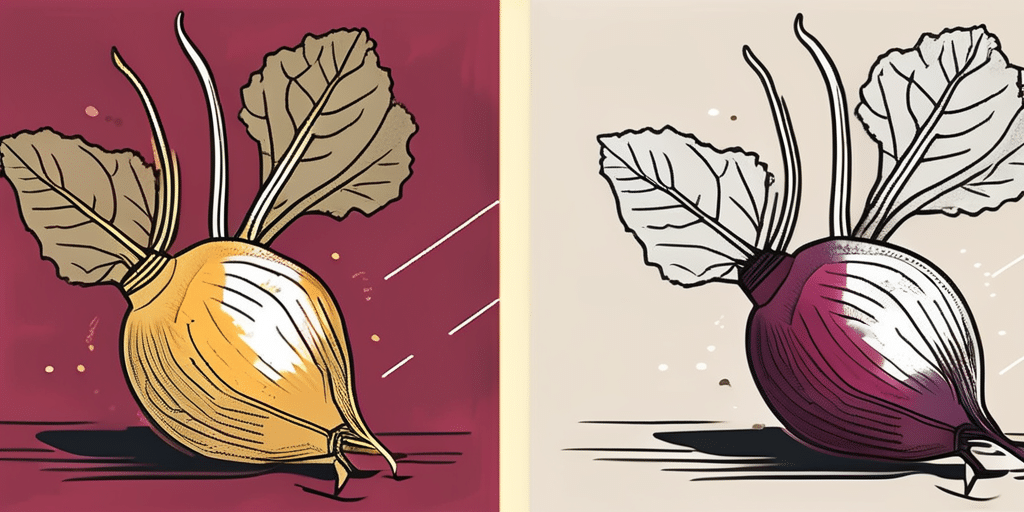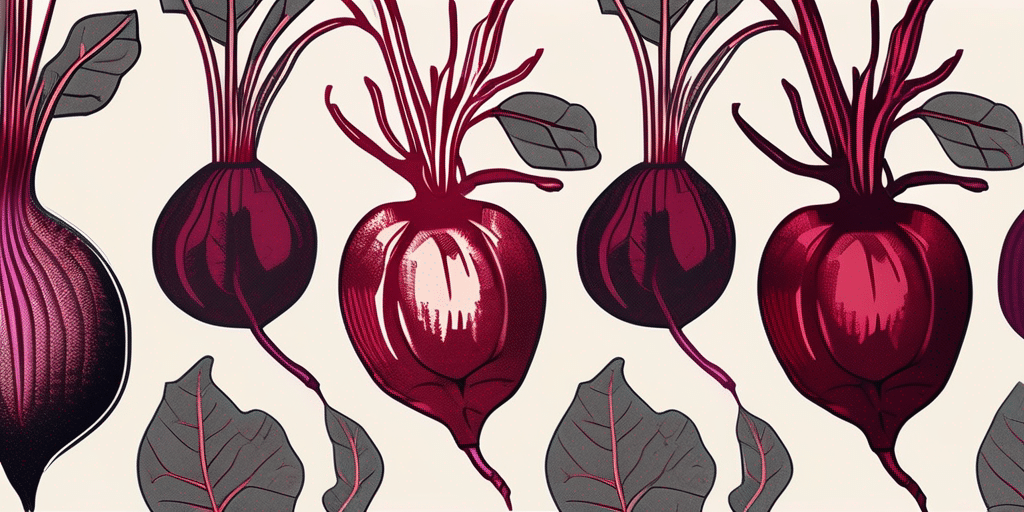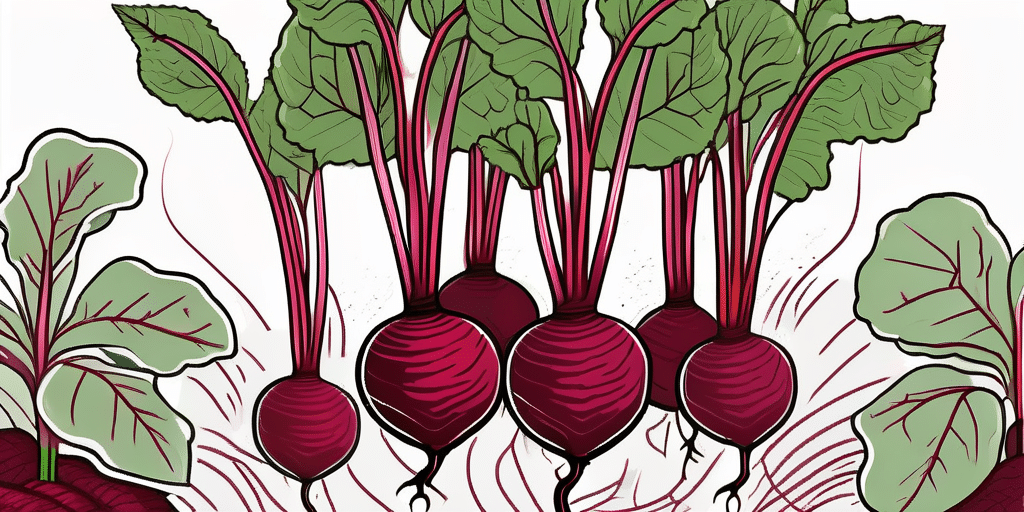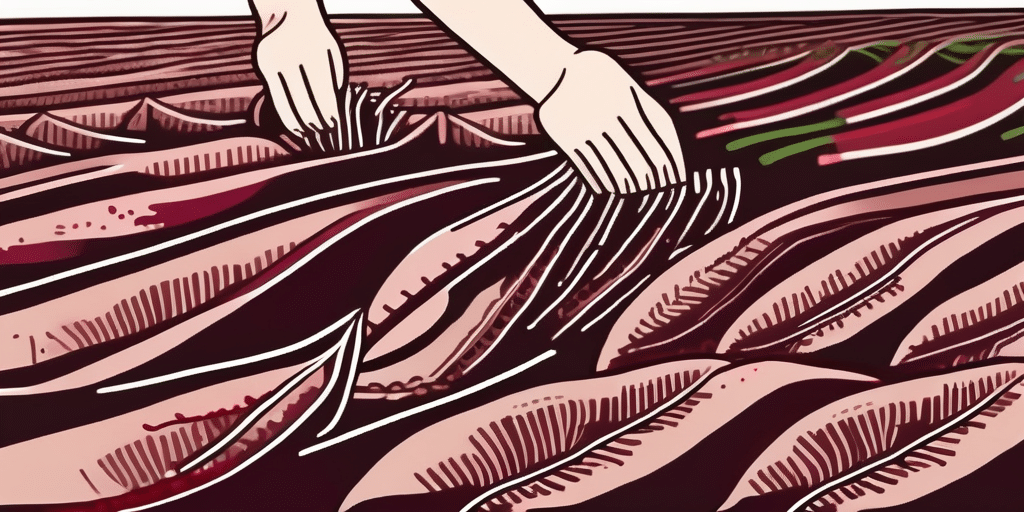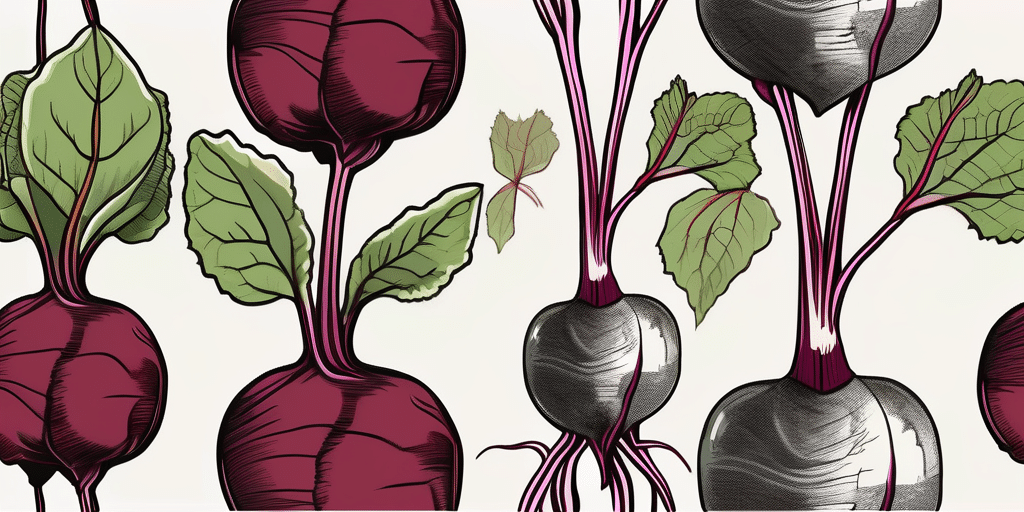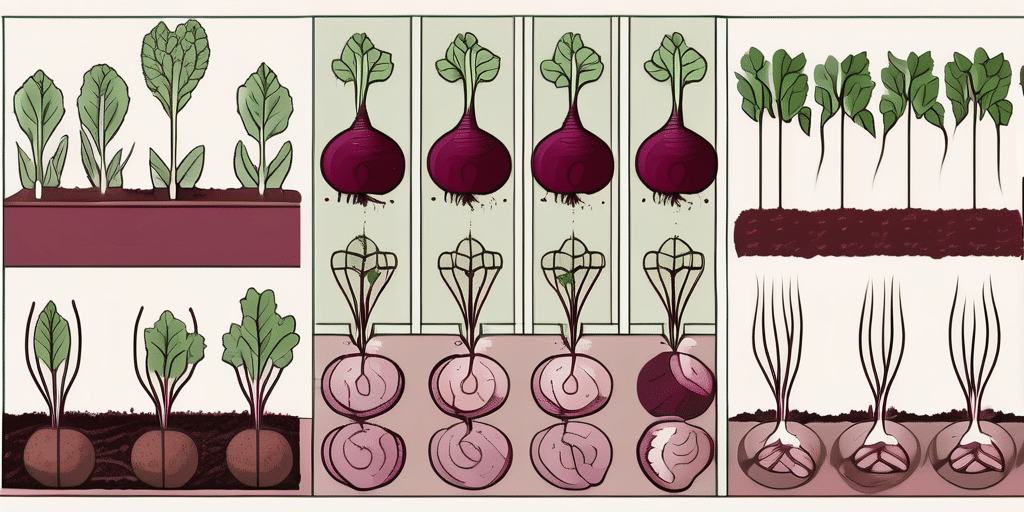Cylindra beets, also known as “cylinder beets,” are a unique variety of beets that are well-suited to growing in the state of Virginia. With their cylindrical shape and sweet taste, these beets are a favorite among gardeners who want to add a touch of color and flavor to their dishes. In this article, we will explore when to plant cylindra beets in Virginia and provide tips on how to grow them successfully.
Climate & Hardiness Zones in Virginia
Before diving into the details of when to plant and how to grow cylindra beets in Virginia, it’s crucial to understand the climate and hardiness zones of the state. Virginia falls within USDA hardiness zones 6 through 8, which means it experiences a moderate climate with relatively mild winters and hot summers.
Understanding your hardiness zone is essential because it determines the appropriate timing for planting and harvesting crops. It helps ensure that plants are given the best chance to thrive and produce a bountiful harvest.
Virginia’s climate is influenced by its proximity to the Atlantic Ocean and the Appalachian Mountains. The state experiences four distinct seasons, with temperatures varying across regions. Coastal areas tend to have milder winters and cooler summers compared to the mountainous regions in the west.
Within Virginia, microclimates also play a significant role in gardening success. Urban areas, with their heat-retaining concrete and asphalt, may experience higher temperatures than rural areas. Additionally, elevation can impact temperatures, with higher elevations generally being cooler than lower-lying areas.
When to Plant Cylindra Beets in Virginia
The ideal time to plant cylindra beets in Virginia is during the early spring, once the soil has thawed and temperatures consistently reach above 40°F (4°C). This typically occurs around late March to early April in most parts of the state.
However, it’s important to note that beets are a cool-season crop, so they can also be planted in late summer or early fall for a fall harvest. Planting during these times can help avoid the excessive heat of the summer months, which can cause the beets to become bitter and less flavorful.
When preparing to plant your cylindra beets, follow these steps:
- Choose a well-draining location in your garden that receives at least six hours of sunlight each day. Beets thrive in full sun but can tolerate partial shade.
- Clear the area of weeds and rocks, and loosen the soil with a garden fork or tiller to a depth of 8 to 10 inches.
- Work a 2-4 inch layer of compost or well-rotted manure into the soil to improve its fertility and drainage.
- Using a hoe or rake, create rows that are about 12 inches apart. The depth of the furrow should be approximately 1 inch.
- Sow the cylindra beet seeds about 2 inches apart within each furrow. Lightly cover the seeds with soil and gently tamp it down.
- Water the freshly sown seeds thoroughly but gently, ensuring that the soil is evenly moist.
- Throughout the growing season, keep the soil consistently moist but avoid overwatering, as it can lead to rotting.
Once your cylindra beets have germinated and started to grow, it’s important to provide them with the care they need to thrive. Regularly monitor the soil moisture levels and water as needed to keep the plants hydrated. Beets have shallow root systems, so consistent moisture is crucial for their development.
In addition to watering, it’s also important to keep an eye out for any signs of pests or diseases. Common pests that can affect beets include aphids, leaf miners, and flea beetles. If you notice any signs of pest damage, such as holes in the leaves or wilting plants, take appropriate measures to control the infestation.
When it comes to harvesting your cylindra beets, you can typically expect them to be ready for harvest around 60-70 days after planting. The beets should be firm and have a deep, rich color. To harvest, gently loosen the soil around the base of the plant and carefully lift the beets out of the ground. Remove the greens, leaving about an inch of the stem intact to prevent bleeding.
Once harvested, cylindra beets can be stored in a cool, dark place for several weeks. They can be enjoyed in a variety of ways, from roasting and pickling to adding them to salads and soups. Experiment with different recipes to fully appreciate the unique flavor and texture of these delicious beets.
When to Harvest or Pick Cylindra Beets in Virginia
The average maturity period for cylindra beets is around 55 to 60 days after planting. However, it’s essential to monitor the growth of your beets closely and harvest them at the right time to ensure optimal flavor and texture.
Here are some signs that indicate when it’s time to harvest your cylindra beets:
- The diameter of the beet tops should reach around 2 to 3 inches.
- The beets should feel firm and have a smooth skin.
- When gently pulled, the tops should separate easily from the roots.
To harvest your cylindra beets:
- Gently loosen the soil around the beets using a garden fork or trowel, being careful not to damage the roots.
- Grasp the beet tops near the crown and pull them straight up, removing the entire plant from the ground.
- Trim the beet greens, leaving about an inch of the stem intact to prevent bleeding.
- Avoid washing the beets immediately after harvest, as it can decrease their shelf life. Instead, gently brush off any excess soil.
When harvesting cylindra beets, it’s important to note that these elongated beets are known for their sweet and tender flavor, making them a popular choice for roasting, pickling, or even enjoying raw in salads. The cylindrical shape of these beets allows for easy slicing and uniform cooking, adding a unique touch to your culinary creations.
Additionally, cylindra beets are rich in essential nutrients such as folate, manganese, and potassium, offering numerous health benefits. Their vibrant purplish-red hue not only adds a pop of color to your dishes but also signifies the presence of antioxidants, which help combat inflammation and promote overall well-being.
Frequently Asked Questions
1. Can I grow cylindra beets in containers?
Yes, cylindra beets can be successfully grown in containers as long as the container is deep enough to accommodate the roots, well-drained, and placed in a sunny spot.
When choosing a container for your cylindra beets, opt for one that is at least 12 inches deep to allow the roots to develop fully. Ensure the container has drainage holes at the bottom to prevent waterlogging, which can lead to root rot. Additionally, consider using a high-quality potting mix rich in organic matter to provide essential nutrients for the beets to thrive.
2. How long do cylindra beets last?
If properly stored, cylindra beets can last up to several months. Remove the beet greens, place them in a perforated plastic bag, and store them in the refrigerator’s crisper drawer.
For extended storage, you can also opt to pickle or can cylindra beets to enjoy their earthy flavor and crisp texture throughout the year. Pickling beets involves boiling them in a vinegar solution with spices, while canning requires sterilizing jars filled with beets and a brine solution in a pressure canner.
3. Can I eat the beet greens?
Absolutely! Beet greens are not only edible but also highly nutritious. They can be sautéed, steamed, added to soups, or used as a salad green.
Rich in vitamins A, C, and K, as well as minerals like iron and calcium, beet greens offer a plethora of health benefits. To prepare beet greens, simply wash them thoroughly, remove any tough stems, and cook them as you would spinach or Swiss chard for a tasty and nutrient-packed dish.
By following these guidelines, you’ll be well on your way to growing delicious and vibrant cylindra beets in the great state of Virginia. So grab your gardening tools, get your hands dirty, and enjoy the rewards of growing your own fresh, flavorful beets!
Join Our Gardening Community
Ready to take your gardening skills to the next level? Subscribe for free to How to Grow Everything and learn how to build the garden of your dreams! Receive personalized gardening advice tailored to your Virginia location, grow zone, and experience level. We’re here to help you grow cylindra beets and much more, with expert tips and special offers delivered straight to your inbox. Join our family of garden enthusiasts and enjoy thousands of free gardening articles, 100% free. No spam, just the best gardening tips and deals. Subscribe now and let’s grow together!

